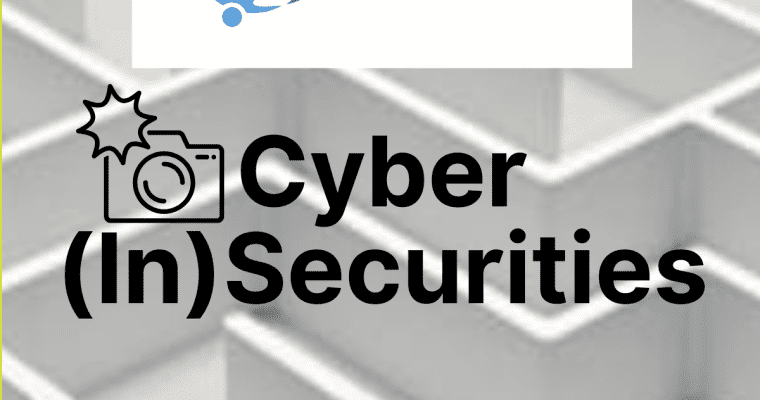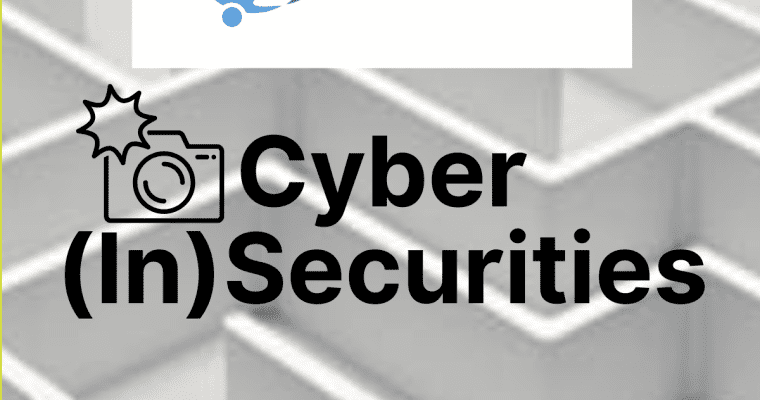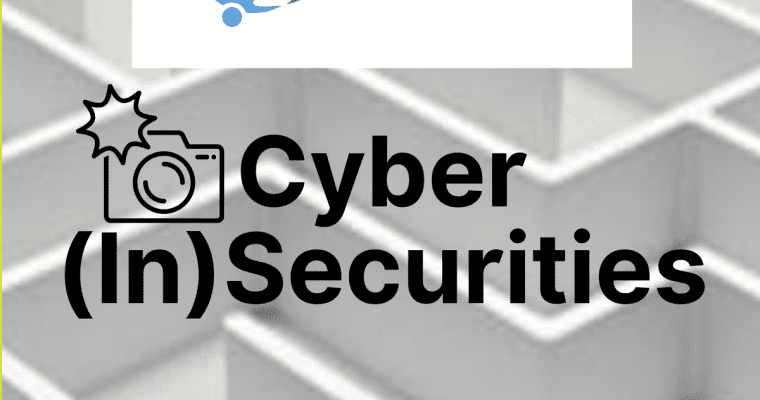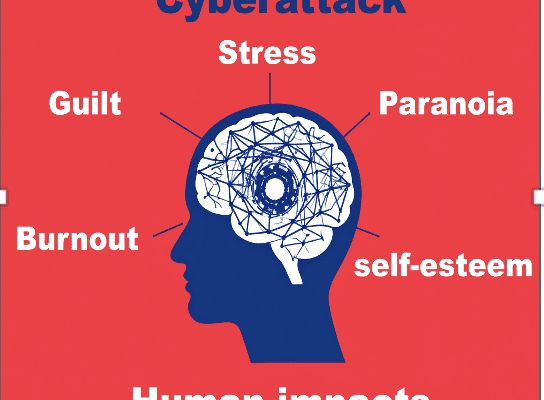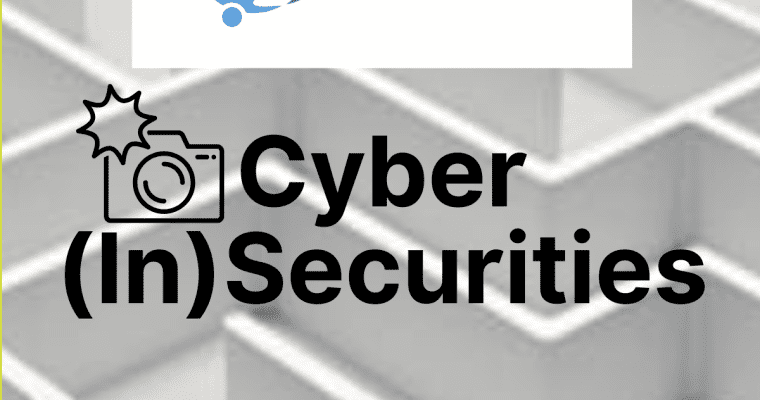Cyber (In)Securities – Issue 164 – Snapshot Edition
Critical GPU Vulnerabilities, SonicWall Exploits, and ICS Alerts In this edition of Cyber (In)Securities, we explore urgent developments in global cybersecurity. Nvidia’s recent GPU vulnerabilities expose critical risks in modern compute architecture, while attackers exploit fully patched SonicWall VPNs and abuse Microsoft Teams to deploy …

